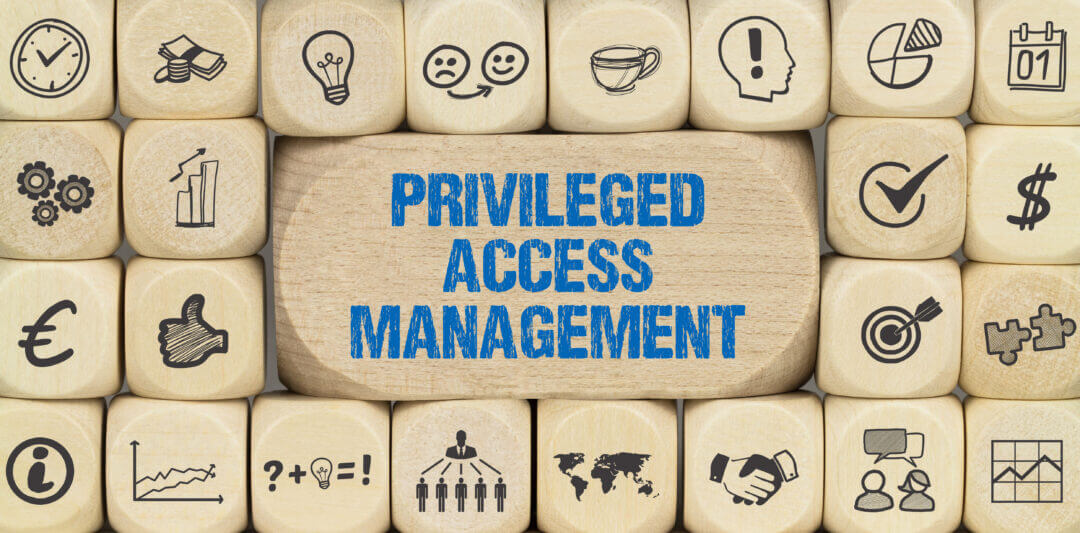
Every organization needs a secure solution that enables users to access critical information, make changes to the network, and configure security measures when necessary. These tasks are carried out using privileged accounts access all of the organization’s administrative functions, including installation and removal of software, changes to the operating system, sensitive file access, and application configurations. That’s why having an effective privilege access management solution is critical.
Think of a privileged account as a key that unlocks all the doors and grants unlimited access within your system. It serves an important purpose, but it also carries significant risk and makes a prime target for cyberattacks. And that’s what makes a privileged account dangerous. If you don’t know how best to protect these privileged accounts, your risk of a cyber incident dramatically increases.
How Privileged Access Creates Risk
According to the 2021 IBM Security X-Force Insider Threat Report, companies spend in excess of $600,000 on average to recover from a cyber incident caused by an insider threat. Defined as either an accidental or malicious threat that comes from within the organization, an insider threat can cause serious damage and data loss, even if it is unintentional.
The report also found that in every insider threat incident that involved an employee with privileged access, that access contributed to the security incident.
The bottom line is that privileged access represents a clear and present danger if it is not managed well. Here are 3 ways having privilege can contribute to increased security risk:
Credential Sharing or Misuse
Human error accounts for 82% of security breaches, including credential misuse and credential sharing. When employees need to get a job done quickly, it’s tempting to share passwords rather than submitting an access request. This makes it difficult for organizations to track access privileges, conduct security audits, and identify who took a specific action. It is also increases the risk of privileged accounts being misused or hacked.
One reason credential sharing sometimes happens is that organizational policies have made it too difficult to get access when it is truly needed. Overly restrictive policies can greatly impact employee productivity and create frustration for users who just want to get their work done. When this happens, it just seems easier to share a password than to submit a ticket and wait for approval.
Excess Account Usage
To avoid the credential sharing issue, some organizations swing too far the other way by granting privileged access freely. When too many people can access privileged accounts, it increases the risk of a security incident. Excess account access can also lead to forgotten or overlooked accounts that provide a backdoor into the system.
Another problem with granting privileged access extensively is that employees may use their privileged account more frequently than they need to. For example, if a user has both a privileged account and a standard account, they should use the privileged account only when necessary to perform the required task. Not all employees follow this best practice, however, leaving the organization vulnerable to an attack.
Weak Cybersecurity Strategy
A strong, diversified cybersecurity architecture is an essential requirement for protecting privileged access. Organizations need a strategy that includes both policies and effective security tools to mitigate risk. Used together, these tools and practices can reduce your threat surface and prevent unauthorized access. If companies fail to diversify their cybersecurity measures, however, they will be open to vulnerabilities.
For example, implementing multi-factor authentication (MFA) can reduce password breaches, but without a good plan for managing privileged access you are still vulnerable. You need more than one solution to ensure that access remains limited and controlled.
How to Protect Your Network from Privilege-Related Security Events
Privileged accounts give hackers the freedom to move around and make changes within the system. No matter how strong your password protections are, once someone is inside they can do anything they want to. Hackers can move laterally through the organization, access sensitive files, install malicious tools and software, and crack passwords.
The best way to reduce your threat surface area is to limit the number of admin accounts and access. That’s what a privilege access management (PAM) solution like AutoElevate by CyberFOX does for you. With PAM, there are no continually active admin accounts. Access is granted only on an as-needed basis, and then removed when the task is complete. It’s the best way to ensure that everyone who needs access has it, while also delivering both robust security and a positive user experience.
Are you confident that your privileged accounts are safe? If not, we can help! Contact us today to learn how we can help you tighten security and improve the end user experience.